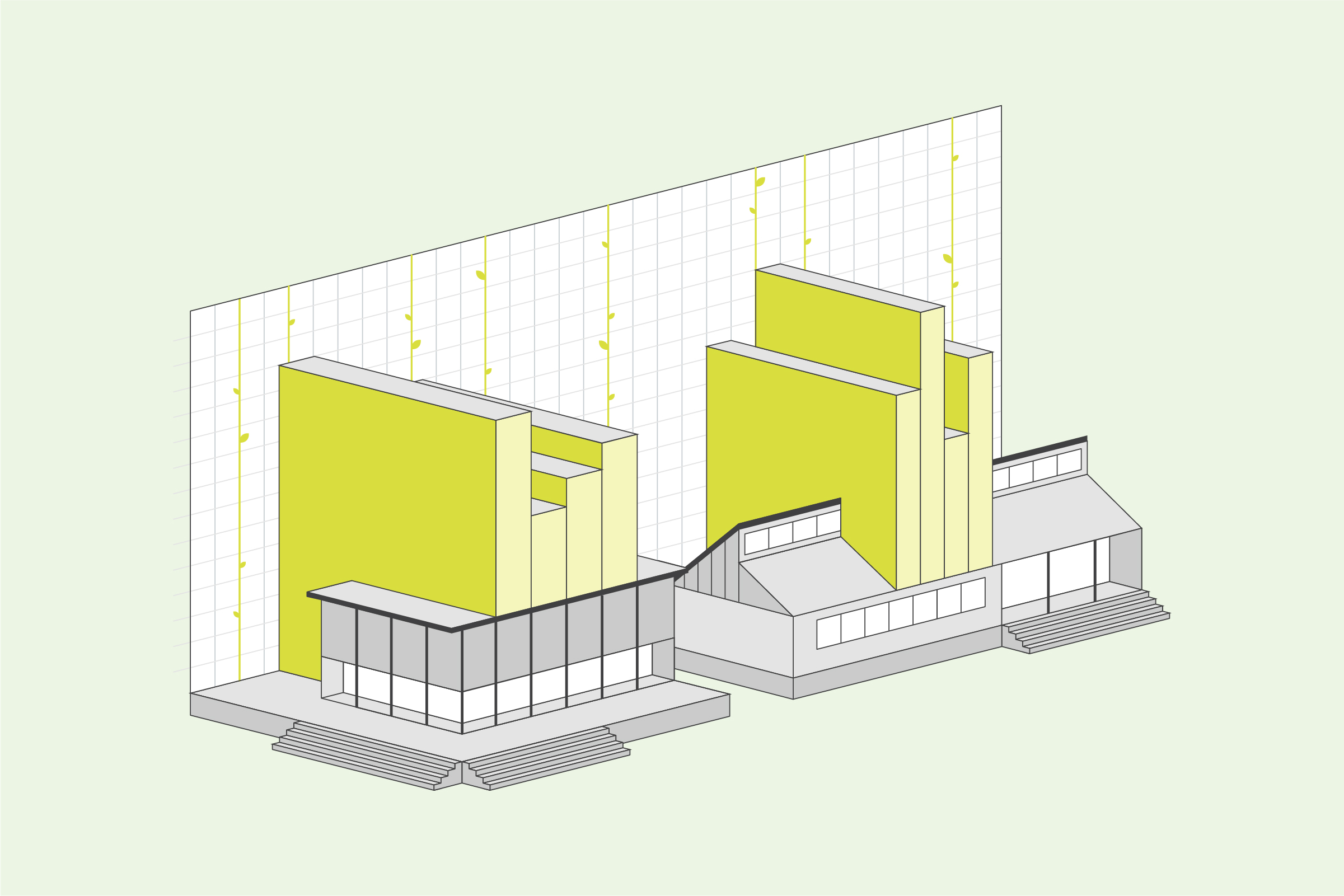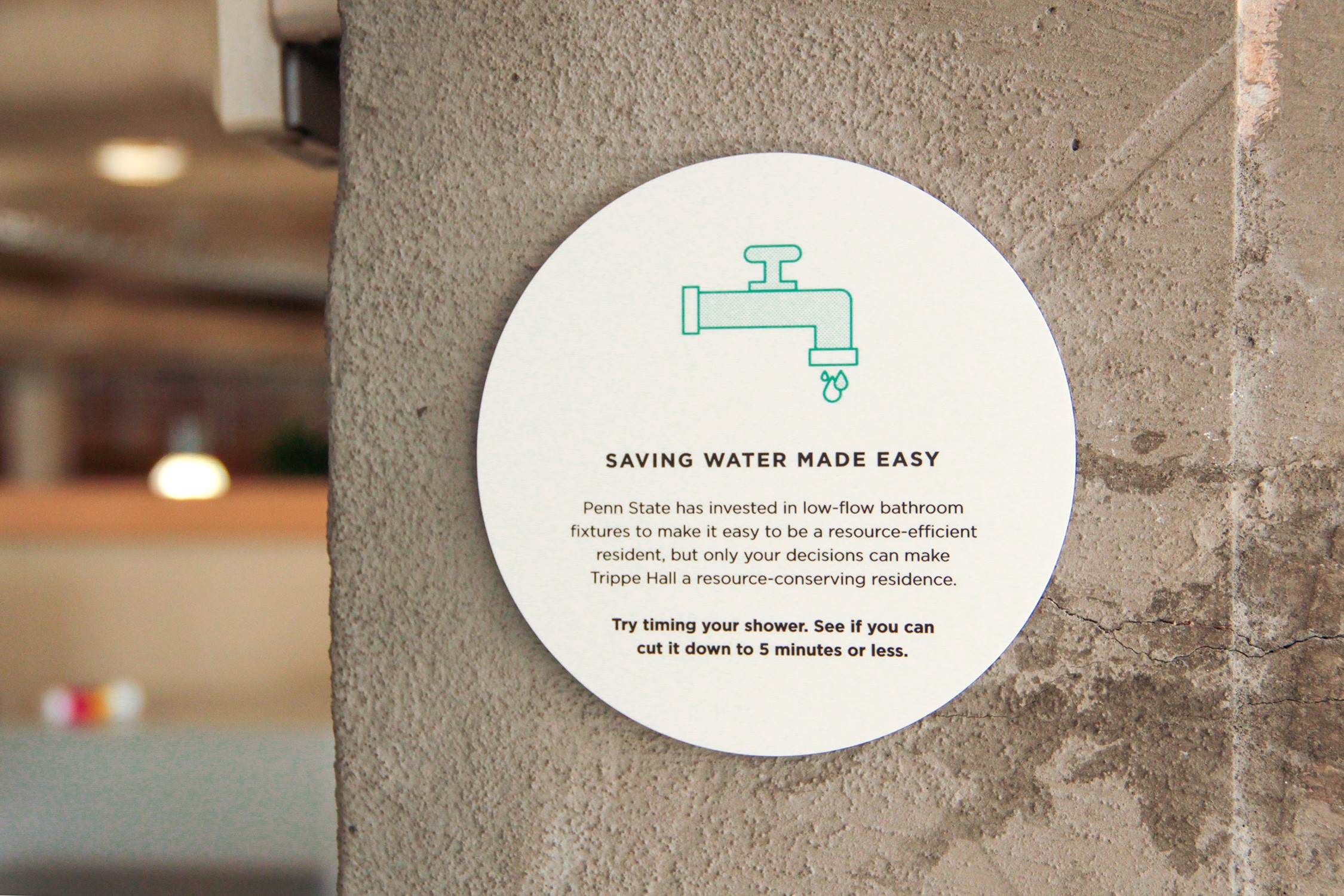On Monday we welcomed Lincoln Smith of Forested Creative Ecology and learned more about forest gardening methods that can produce nutritious food for people and restore thriving ecosystems. Importantly, we learned about when in the succession of a forest ecosystem the most carbon is sequestered. This is highly relevant to our firm’s goal to reduce the embodied and operational carbon of our design portfolio 50% by 2030.
We continued to learn more about carbon on Tuesday with a presentation by Jacob Knowles and Turan Karakus from BR+A and Alejandra Menchaca from Thornton Tomasetti who provided insight about the embodied carbon of mechanical, electrical, and plumbing systems. Life Cycle Analysis and Environmental Product Declarations (EPDs) on such systems are in short supply in our industry as we quickly work to reduce the embodied carbon of building envelope and structural systems, but this presentation highlighted that in buildings with significant system designs, such as laboratory facilities, the systems represent a significant source of embodied carbon. We’ll be advocating in the future that manufacturers increase their transparency and publish EPDs on a broader variety of mechanical, electrical, and plumbing systems.
Wednesday saw us learning from Ricca Design Studios about electrifying commercial kitchens, and the environmental, operational, and economical benefits of doing so. Going beyond the most visible components of a kitchen space, Kerri Fitzgerald and Greg Boguniewicz pointed out the wellness and equity improvements in improving air quality — a change inherent in removing the emissions from gas appliances.
On Thursday we had a double-header. Our lunchtime session featured our Sustainability Director, Allison Wilson, providing updates on our firm’s most recent AIA2030 Commitment report and the highest performing projects of the last year. We’ll be featuring those projects in an upcoming blog post. In the afternoon we hosted David Lehrer of UC Berkeley’s Center for the Built Environment (CBE) for a research and design forum. David outlined the insights that can be gleaned from 20 years of CBE occupant survey data and how that information can influence current and future design projects.
On Friday we rounded out the week’s activities with an in-house presentation by yours truly and Chris Hazel. We shared updates with our colleagues about the whole building life cycle assessments we’ve completed in-house, as well as the analytical tools we’re using to support data-driven design decisions.
The week engaged over 90 members of the Ayers Saint Gross team through its learning sessions and awarded a total of 369 continuing education hours that support our team in staying current. We can’t wait to put this knowledge to use and to continue to improve.





